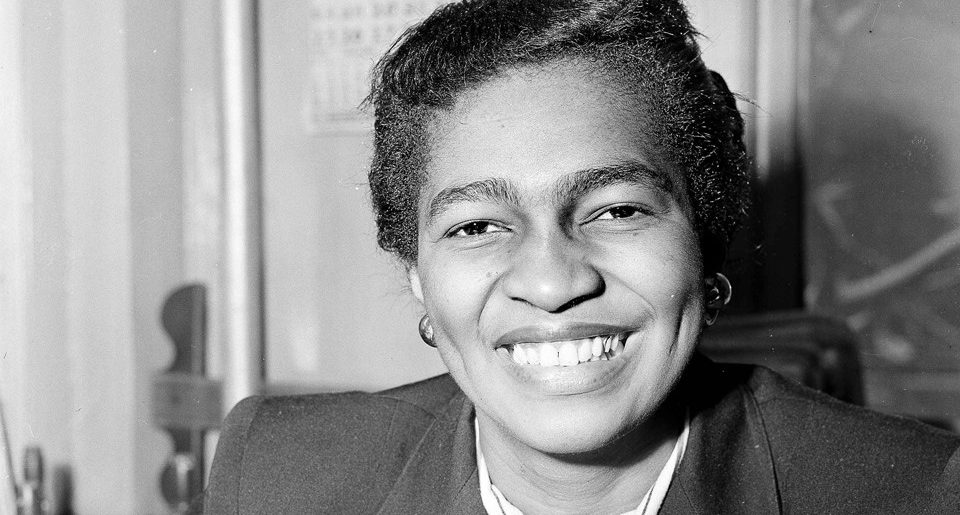the Dichotomy of Shange

Shange’s work is forever representing a subtle and nuanced duality that ultimately makes her work brilliant. The themes of transnationalism versus internationalism can be discovered in her poem “Bocas: A Daughter’s Geography.” This poem serves as a geography lesson that Shange teaches her imagined daughter of the New World by taking her from place to place and showing off her siblings, which are physical locations. This physicality of kinship across geographical distances is a crucial aspect of her work and functions as the line between transnationalism and internationalism. Transnationalism can “[signify] process, flows, linkages, relationships and crcuits” meanwhile, internationalism can be defined as a system that “privileges the actions of the states and rectifies borders” (Enszer, Beins, 24). These definitions can found when closely examining “Bocas: A Daughter’s Geography.” In the first stanza, when Shange introduces her daughter mozambique, her son angola, and her twins el salvador and johannesburg she states that although they all “cannot speak the same language” they all “fight the same old men/ in the new world.” This particular line is continuously repeated throughout the poem, thus the identity of common enemy renders the linguistic disconnection unimportant compared to the ability to fight together. This transnational identity clashes in the fifth stanza when Shange reveals the ignorance of the “old men” and their beliefs that the world is flat. This flatness of the earth can be interpreted as the falsehood of internationalism and its conception of borders. Flatness implies that there is an edge and that edge signifies a boundary that can not be crosses. Shange demolishes this idea in her poem by asserting that “there is no edge” and “no end to the new world.” These powerful statements declare the power of transnational identities by affirming that “debates about power and opression [are] not bound by national borders” (Enszer, Beins, 22). Thus, connections between all the locations mentioned in the poem and the roundness of the earth symbolize the significance of global familial relationships that exists beyond the political formation of borders.
The integration of post colonial thought and transnationalism reminds me heavily of Claudia Jones and her militant advocacy of Black liberation in the 1960s in connection with the communist party. Jones was deported in 1955 due to her outspoken ideals of communism and necessity of labor unions to address the plight of working class Black women in America. She is considered one of the first proclaimed Black feminists. Jones believed in the destruction of capitalism as one of the keys to dismantling systemic racism and oppression. Likewise, in the Triple Jeopardy and Conditions text, transnationalism is characterized as “a useful tool to analyze the complex effects of globalization shaped by neoliberalism capitalism” (24). The similarities between Jones’s beliefs and this article that we read for class over the span of 60+ years symbolizes the importance of the concept of intersectionality and how it is used to comprehensively understand complex global systems of power. Transnationalism, as defined by Enser and Beins, being used as a tool to dissect the impact of capitalism maintains Jones’s position in the 1950s that capitalism is the root of all evil. Ultimately, the connection between Jones and this article reveal how transnationalism and intersectionality intertwine with each other throughout history.


Comment ( 1 )